Customer support is one of the costliest resources of a SaaS company. It’s also among the most challenging to manage, because it’s reliant on human resources and difficult to scale.
Yet, it’s also one of the aspects customers care most about.
Therefore, implementing a few strategies that alleviate the pressure on your support team without actually reducing the quality of the support you’re providing for your customers is definitely a sensible goal to have.
In this article, we’re bringing you no less than five such strategies that are easy to implement and won’t hurt your bottom line.
The first one is quite simple: get ahead of the issues to prevent support tickets from ever being created.
Focus On Proactive Customer Support
Once a customer gets in touch with your team to resolve an issue, the damage is more or less done.
All that’s left is for you to find a solution as quickly as possible and mitigate any disappointment or negative sentiment that might be left over on the part of the customer.
However, anticipating the issue, i.e., predicting that it’s likely to happen, and reaching out to customers before they experience it, can prevent much of that friction from ever occurring.
And that’s what proactive customer support is all about.
Now, many companies do worry that being open about software issues and user experience problems in this way will make them come off as incompetent and their products as poor quality.
However, the available research data suggests otherwise.
Almost every customer that’s had experience with proactive support says their perception of the company has changed—for the better.
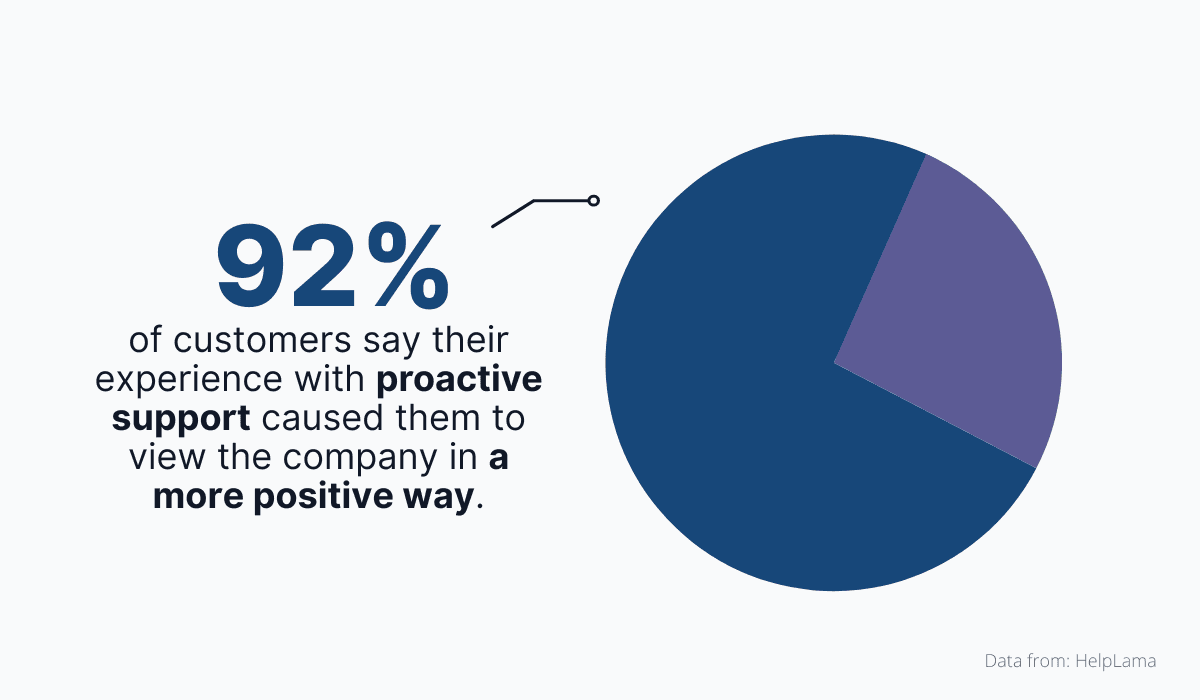
Source: HelpLama/ Image: Archbee
What does proactive support look like in action?
Let’s say, for example, that your software is experiencing a bug or outage that impacts many users at once or even your entire customer base.
In those cases, practicing proactive support could mean using your social media to reach out to your users and explain what’s going on.
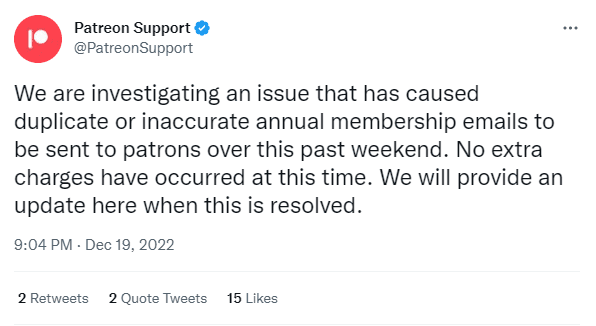
Source: Patreon Support on Twitter
This way, users can understand that the problem hasn’t occurred on their end and can be placated because you’ve assured them that you’re working on solving the issue.
In Patreon’s example above, users are even told that the bug will have no consequences for their accounts to alleviate their concerns.
All of this should be enough to prevent most customers from contacting support and creating support tickets.
So, as you can see, proactive support is a good tactic, not just for reducing your ticket volume but also for preventing customers from encountering unpleasant surprises in their product use.
Support Your Customers From Within the Product
In many cases, users don’t contact support because there’s an issue with the product but rather because they’re having trouble understanding your interface or features.
There are two sets of circumstances in which this situation is especially acute: user onboarding and new feature releases.
However, if you focus on supporting users during those times, you should be left with fewer support tickets to deal with.
And since your features are the source of confusion, there’s no better way to address that feeling than within the product, using automated elements that guide users and explain to them what the features are and how to use them.
In the onboarding phase, this could mean an interactive product tour that gets triggered at the first interaction and uses tooltips, pop-up messages, and checklists to show the new users how everything works.
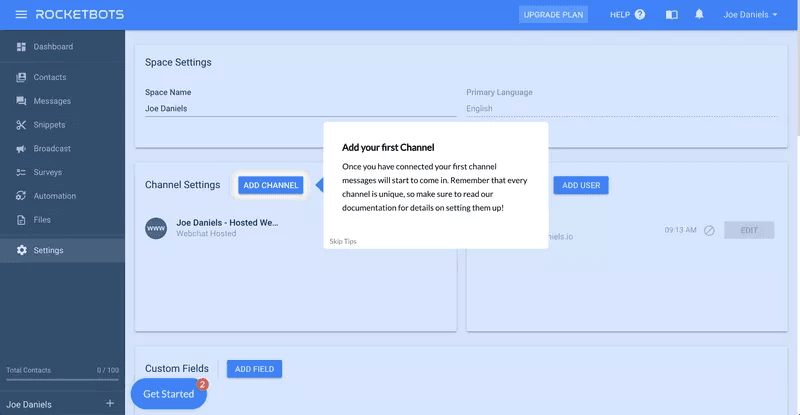
Source: Userpilot
For example, have a look at how Rocketbots introduces a feature with a tooltip in the walkthrough above.
The action of adding a channel is explained, and the user is informed of what to expect once they add their first channel.
Similarly, when you’re introducing a new feature or a change to your user interface, it’s a good idea to meet the user with a summary of what’s changed and how that affects them so that they don’t feel lost when trying to interact with the product.
A good way to do that is by triggering UI modals that explain what’s different as soon as the user logs into the updated interface.
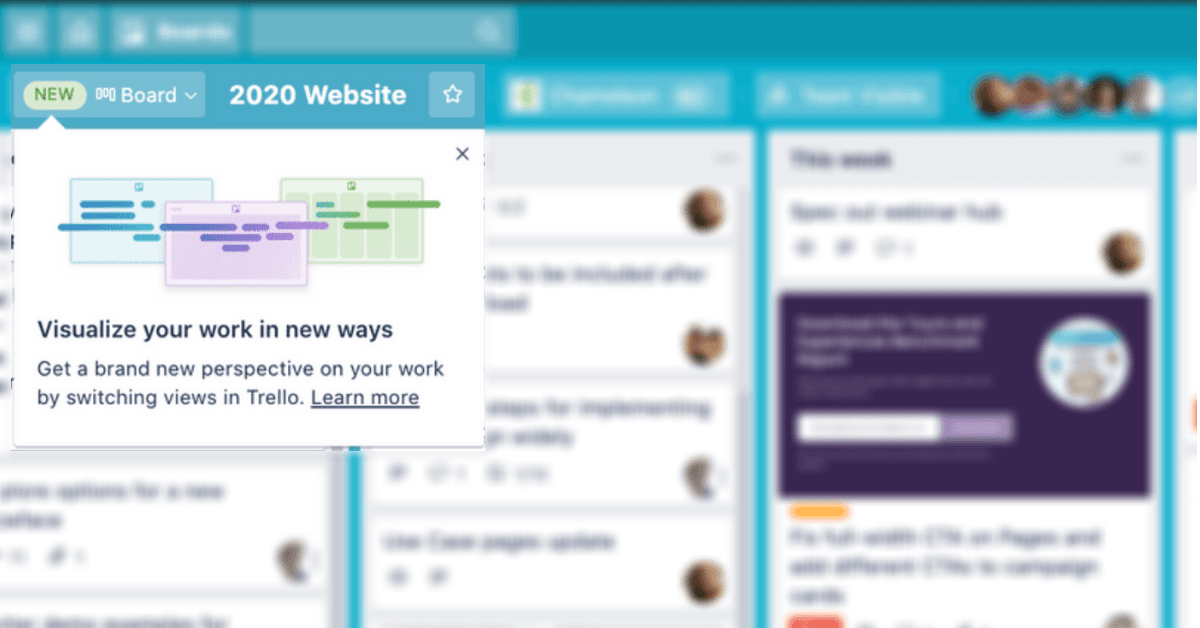
Source: Chameleon
Trello’s feature announcements are a good case in point.
They direct the user’s attention to what’s changed by blocking out the rest of the interface and including a link to a resource where the user may find out more information.
Adding elements like these to your product and triggering them on first use or whenever a feature is added or changed will provide explanation and guidance to users who need it.
They won’t feel the need to contact support to find out how to complete actions, meaning you’ll once again reduce the volume of incoming tickets.
Have a Chatbot to Answer Common Questions
Even with your proactive support and interactive elements deployed, users will still sometimes reach out with basic inquiries.
But who says your support team members need to be the ones answering those common questions?
These days, SaaS companies rely on chatbots to handle customers with low-level issues and questions so their human agents can focus on more severe support tickets.
The great thing about this is that customers don’t mind communicating with chatbots to resolve some of their more basic issues.
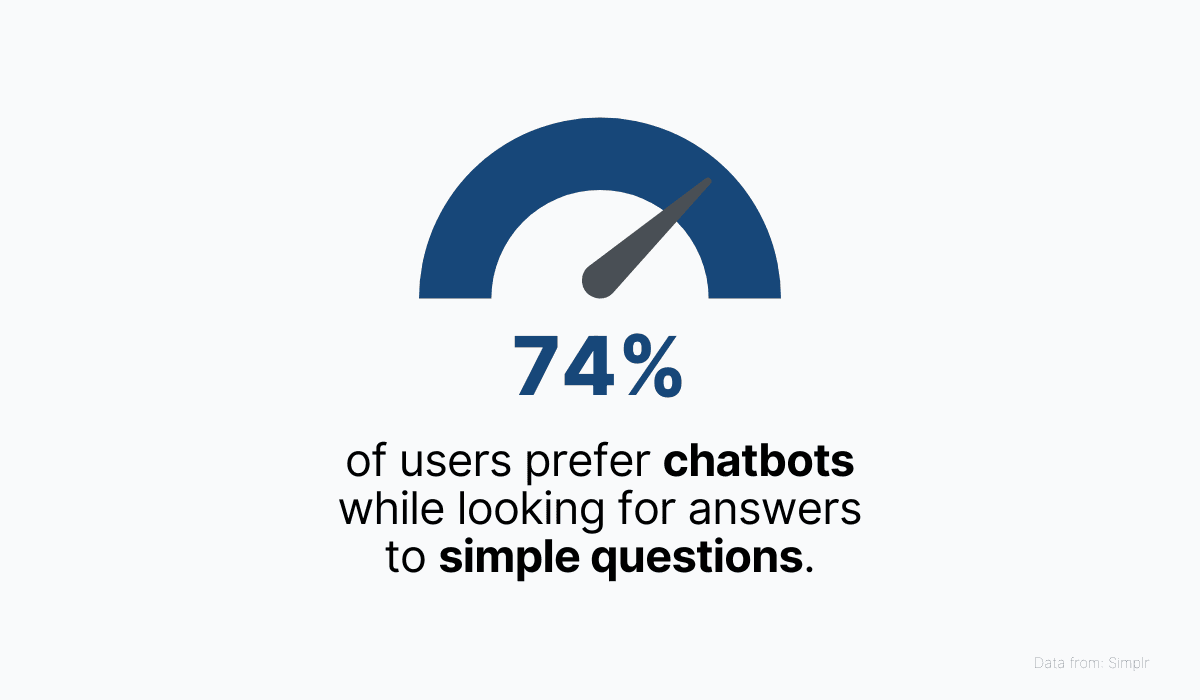
Source: Simplr/ Image: Archbee
Implementing a chatbot into your support strategy might be much more accessible than you think.
That’s because there are many chatbot providers to choose from, allowing you to find one that offers just the right features to fit your needs.
Take HubSpot’s Chatbot builder, for example. Forbes named it the most user-friendly chatbot tool of 2022 because it requires no coding knowledge and can be set up quickly and efficiently.
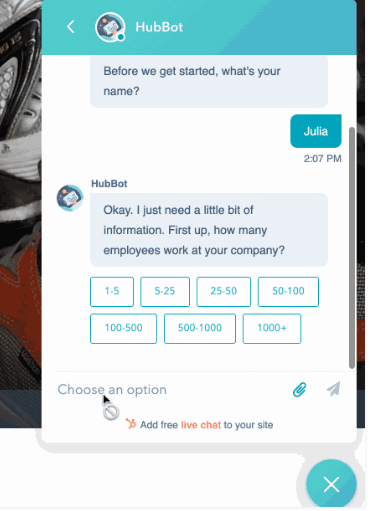
Source: knowledge.hubspot
The builder is highly customizable to reflect your brand’s tone of voice and character and it’s based on building blocks you can insert into the program to trigger when the customer asks a specific question.
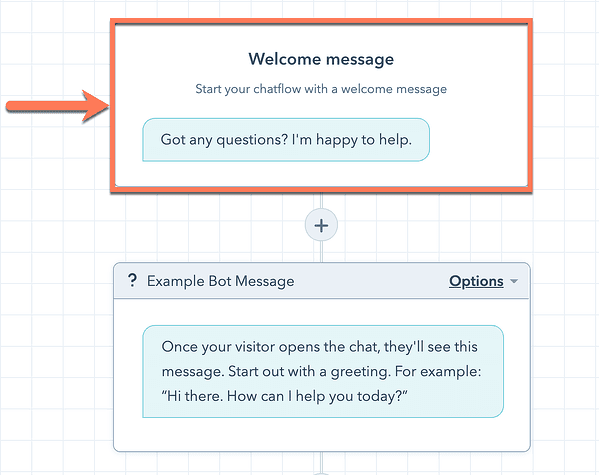
Source: knowledge.hubspot
Depending on the way you program the chatbot, it can return instant answers to users (for example, a step-by-step procedure for resetting their password), provide a link to your product knowledge base where the answer can be found, or open a line of communication to customer support.
The convenience and accessibility of this solution practically guarantee that your users will activate the chatbot before considering reaching out to customer support.
And if the chatbot can’t resolve the issue, human support is still just a few clicks away.
In this way, chatbots can be another filtering layer that helps you handle low-level issues while a reduced number of more serious support tickets still gets attention from human agents.
Promote Self-Service With a Knowledge Base
Product knowledge bases are the key to effective support ticket reduction because they form the foundation on which you can continue to build some of the other solutions mentioned in this article.
For example, your feature release note can contain a link to a knowledge base article where the new feature is explained.
Similarly, a prompt to your support chatbot can generate a link to a FAQ or troubleshooting section where the user can find more detailed instructions for solving their issue.
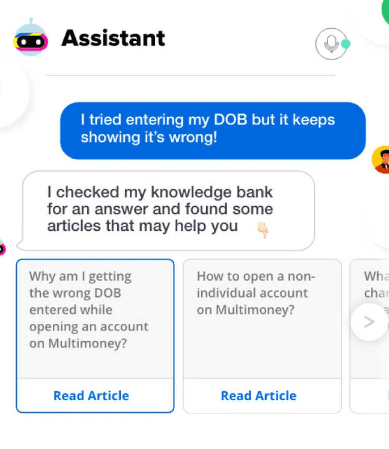
Source: Haptik
A good product knowledge base can also be a stand-alone solution for practically all of your customer support needs as long as you display it prominently in your product-related resources, such as your website, social media, and the product’s interface.
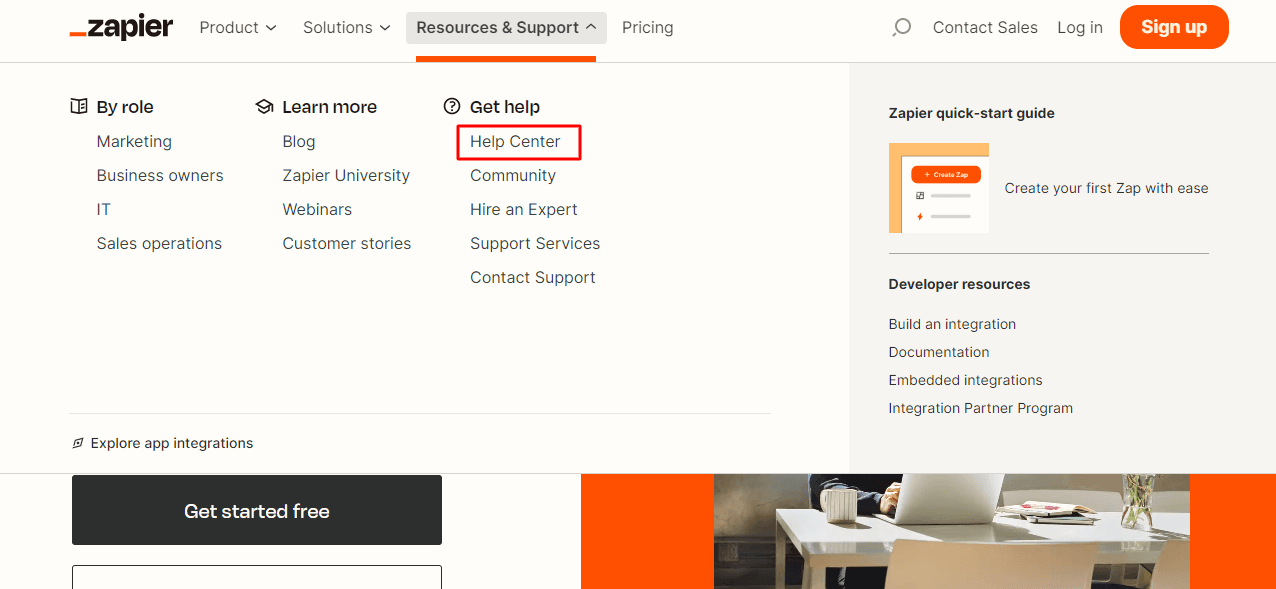
Source: Zapier
This is the place to store every bit of information you think a customer could ever need in order to correctly, safely, and efficiently use your software.
In other words, it’s a way to provide access to the same product knowledge your support agents have so your customers can practice self-service in finding a solution for the issue they’re facing.
This includes installation guides, feature tutorials, help and troubleshooting sections, and FAQs.
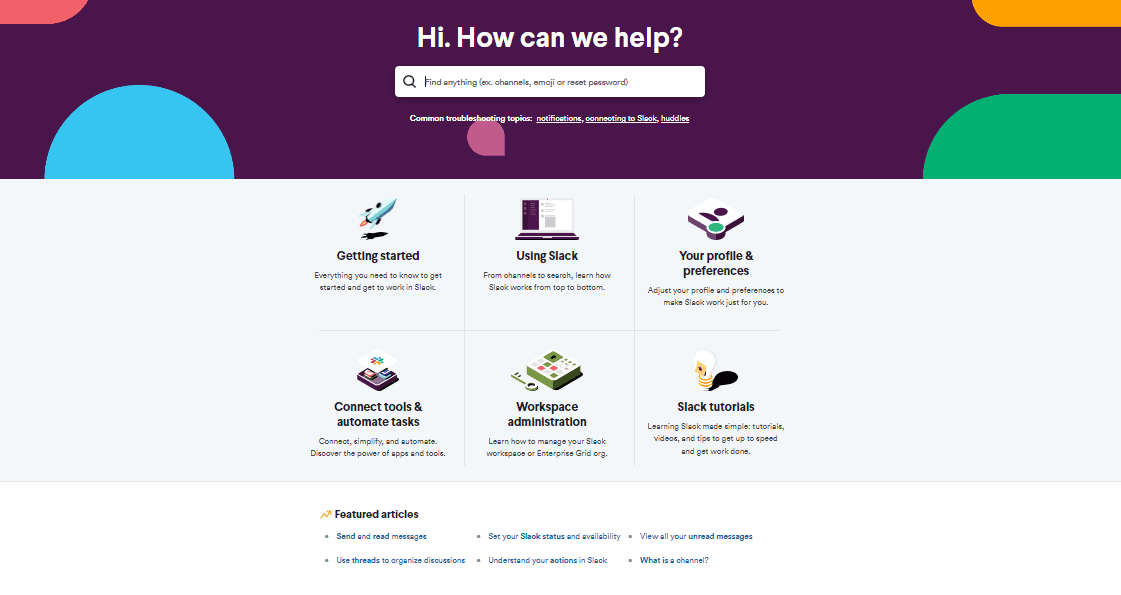
Source: Slack
And just like chatbots from our last section, knowledge bases are incredibly easy to build and deploy using documentation software such as Archbee.
This kind of tool will enable you to write help articles using plain text, multimedia, diagrams, and even live code just as easily as you would a Google or Word doc.
Documentation tools also usually have no-fuss publishing features meaning those articles are effortlessly published online, in your own domain (docs.domain.com), in just a few clicks.
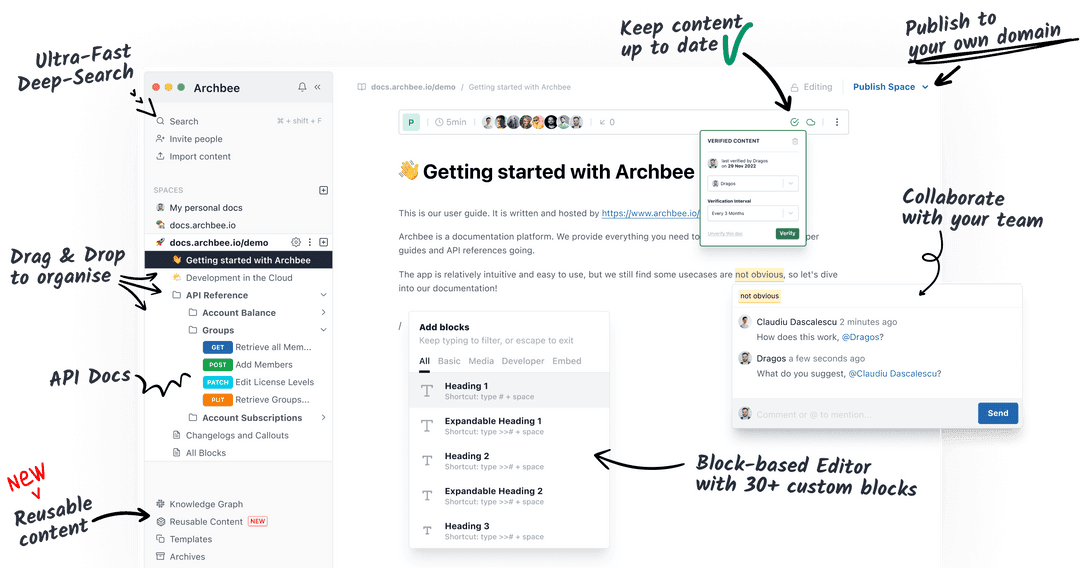
Source: Archbee
Long story short, providing a solid, comprehensive knowledge base will give your customers access to the same product knowledge your support personnel have to solve issues and deliver answers.
This effectively cuts out the middleman and enables users to practice self-service when they need support in using your product.
Make Improvements Based on Support Inquiries
No strategy is quite complete without including methods for continuous improvement.
Thankfully, that’s really easy to do in this case because your support tickets serve as a rich source of data you can use to improve your strategy for ticket reduction.
This is especially true if you’re using some of the software solutions we described in this article, because these commonly come with integrated analytics capabilities.
For example, Archbee's documentation software has integrated search analytics that will give you an insight into what users want to know and how often they’re asking the same questions.
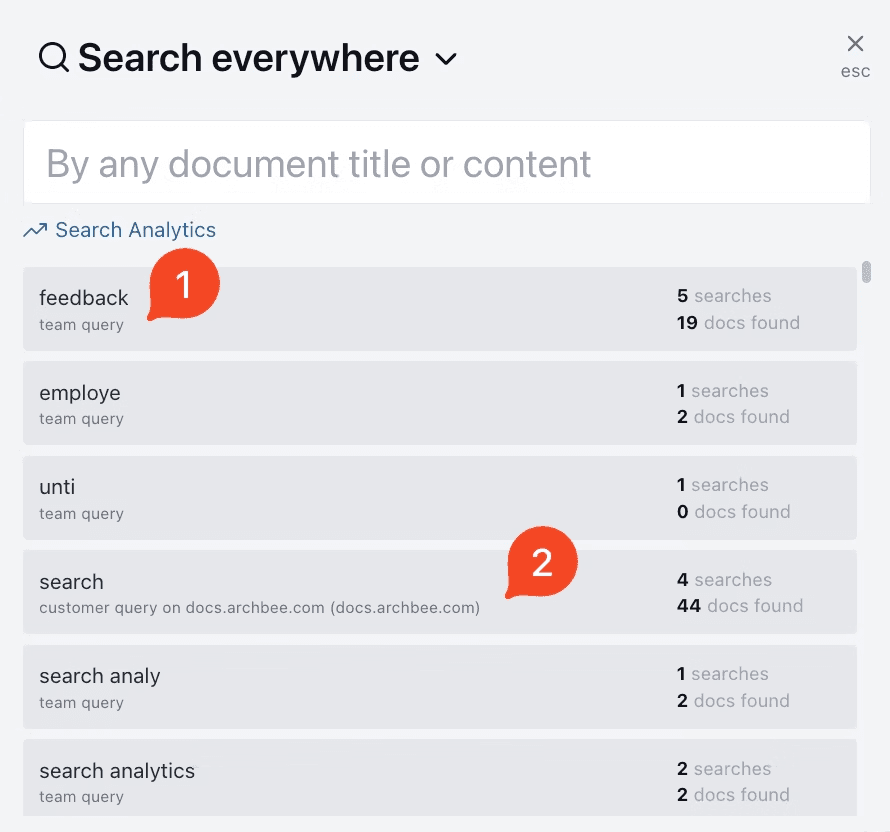
Source: docs.archbee
Using this data, you have a chance to find gaps in your knowledge resources which, when filled, will result in additional ticket volume reductions.
Other than that, you can also keep your ears and eyes open and monitor your communication channels to find out what users are having trouble with so you have a good starting place for fortifying your support.
In addition to the obvious (support email, chat, and call logs), this can also include your social media, as this is where customers will often go to voice their complaints and ask for advice.
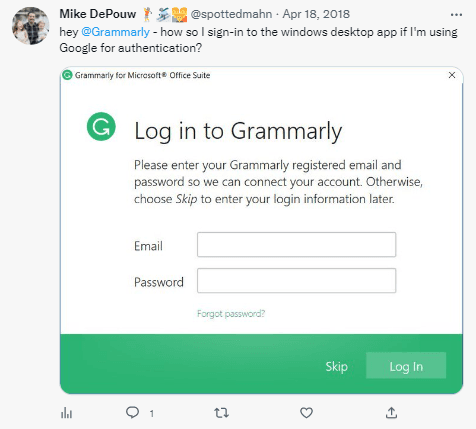
Source: Mike DePouw on Twitter
If users are going to social media to find support for their issue, this might indicate that they were unable to find a solution elsewhere and that they were unable to reach your support reps.
Having this kind of insight allows you to rectify the situation quickly.
The questions your customers are asking are always recorded in some way.
By monitoring those channels, you have a good chance of finding areas of improvement and acting on them to make your support ticket reduction strategy better over time.
Conclusion
Reducing support ticket volume is definitely a worthy goal to pursue when you’re trying to unlock faster growth and increase user satisfaction for your SaaS business.
In this article, we’ve presented you with five tried and tested strategies that should help you accomplish that goal without breaking the bank or investing an inordinate amount of effort.
Some of our suggestions include no-hassle software tools, while others only take a little bit of attention for your communication channels, but all of them are bound to result in quick and permanent reductions of incoming support ticket volumes.
So feel free to experiment and adopt the strategies that best suit your product and your customer base.
Frequently Asked Questions
Proactive support means you anticipate problems or questions and reach out before customers have to ask. It matters because it reduces surprise and frustration, builds trust, and deflects tickets before they form.
What it looks like in practice:
- Post timely updates about outages, bugs, or performance issues via in‑app banners, status pages, email, and social.
- Warn users ahead of breaking changes, deprecations, or UI updates, and explain what is changing and why.
- Trigger guidance based on usage signals (for example, a tooltip when someone hits a known stumbling block).
- Share workarounds and link to clear, step‑by‑step help articles.
- Close the loop with a follow‑up when the issue is resolved.
How to do it well:
- Monitor product health and behavior (errors, churn‑risk actions, feature adoption) and segment the affected users.
- Communicate clearly: impact, who is affected, what you are doing, ETA, and next steps.
- Use the right channels for urgency (in‑app for immediate context, email for detail, status page for ongoing updates, social for broad visibility).
- Measure impact: ticket deflection, CSAT, time to resolution, and engagement with your messages.
Bottom line: proactive support prevents avoidable friction, cuts ticket volume, and improves customer confidence.
